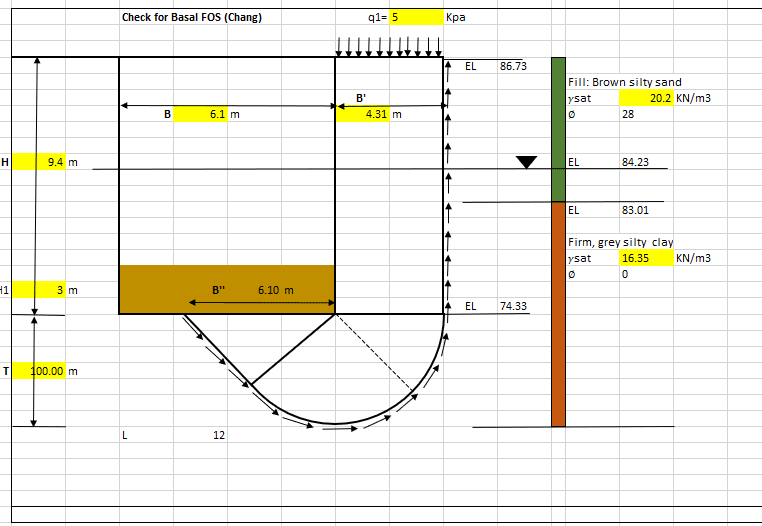Hello,
One of the things i learned from various shoring books is that for soldier piles with 1 level of tie-backs, a common practice is to consider a hinge at the bottom of excavation to calculate the moment on the piles and the tie-back forces. This method improved my shoring design considerably compared to using free earth/fixed earth methods.
One of my colleagues informed me that i can only use this method if i have a cohesion of more than 30KPa. Can anyone tell me from experience if there are limitations to this method or if they know any reference that could help me understand it better?
Thank you in advance
One of the things i learned from various shoring books is that for soldier piles with 1 level of tie-backs, a common practice is to consider a hinge at the bottom of excavation to calculate the moment on the piles and the tie-back forces. This method improved my shoring design considerably compared to using free earth/fixed earth methods.
One of my colleagues informed me that i can only use this method if i have a cohesion of more than 30KPa. Can anyone tell me from experience if there are limitations to this method or if they know any reference that could help me understand it better?
Thank you in advance


